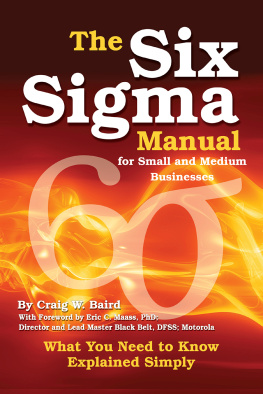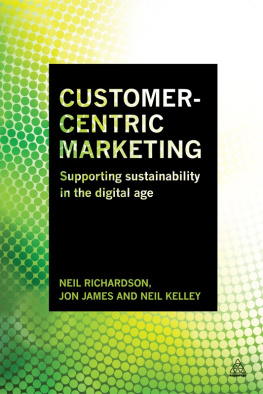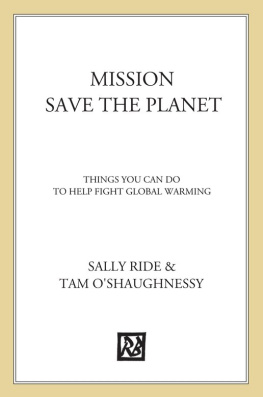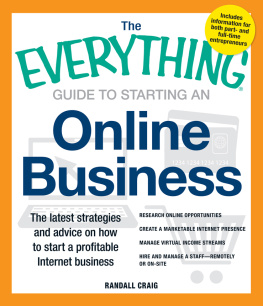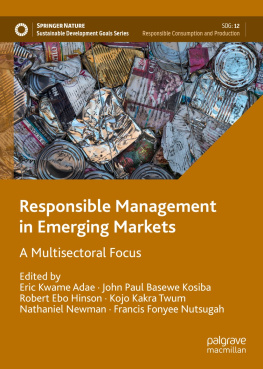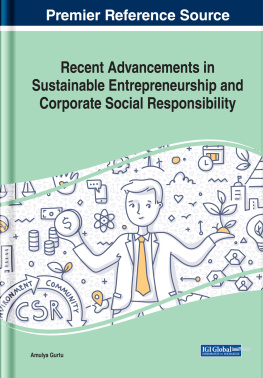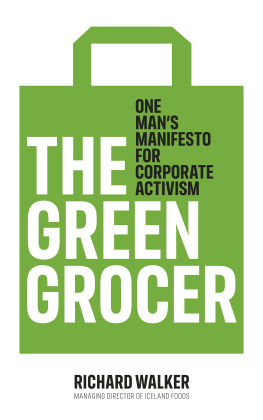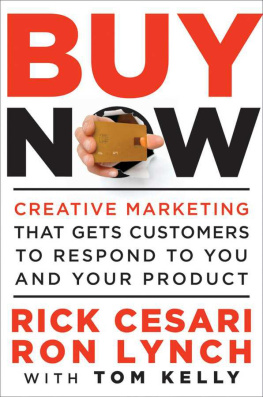

a genuine vireo book
Copyright 2015 by Craig Wilson
All rights reserved. No part of this publication may be reproduced, distributed, or transmitted in any form or by any means, including photocopying, recording, or other electronic or mechanical methods, without the prior written permission of the publisher, except in the case of brief quotations embodied in critical reviews and certain other noncommercial uses permitted by copyright law. For permission requests, write to the publisher at the address below:
Vireo/Rare Bird
453 South Spring Street Suite 302 Los Angeles CA 90013 rarebirdbooks.com
Set in Tiempos
ePub ISBN: 9781942600152
Publishers Cataloging-in-Publication data.
Wilson, Craig P.
The Compass and the nail : how the Patagonia model of loyalty can save your business, and might just save the planet / by Craig Wilson.
p. cm.
ISBN 9781942600060
Includes bibliographical references and index.
1. Patagonia, Inc. 2. Success in business. 3. Business enterprisesEnvironmental aspects. 4. Social responsibility of business. 5. Green products. 6. ManagementEnvironmental aspects. I. Title.
HD9948.5.A2 .W55 2015
381/.45687dc23
A rusty nail placed near a faithful compass, will sway it from the truth, and wreck the argosy.
Sir Walter Scott
Contents
- Why Matters:
- How Matters:
Long-term Sustainable Loyalty
Defined in Terms of Value 59
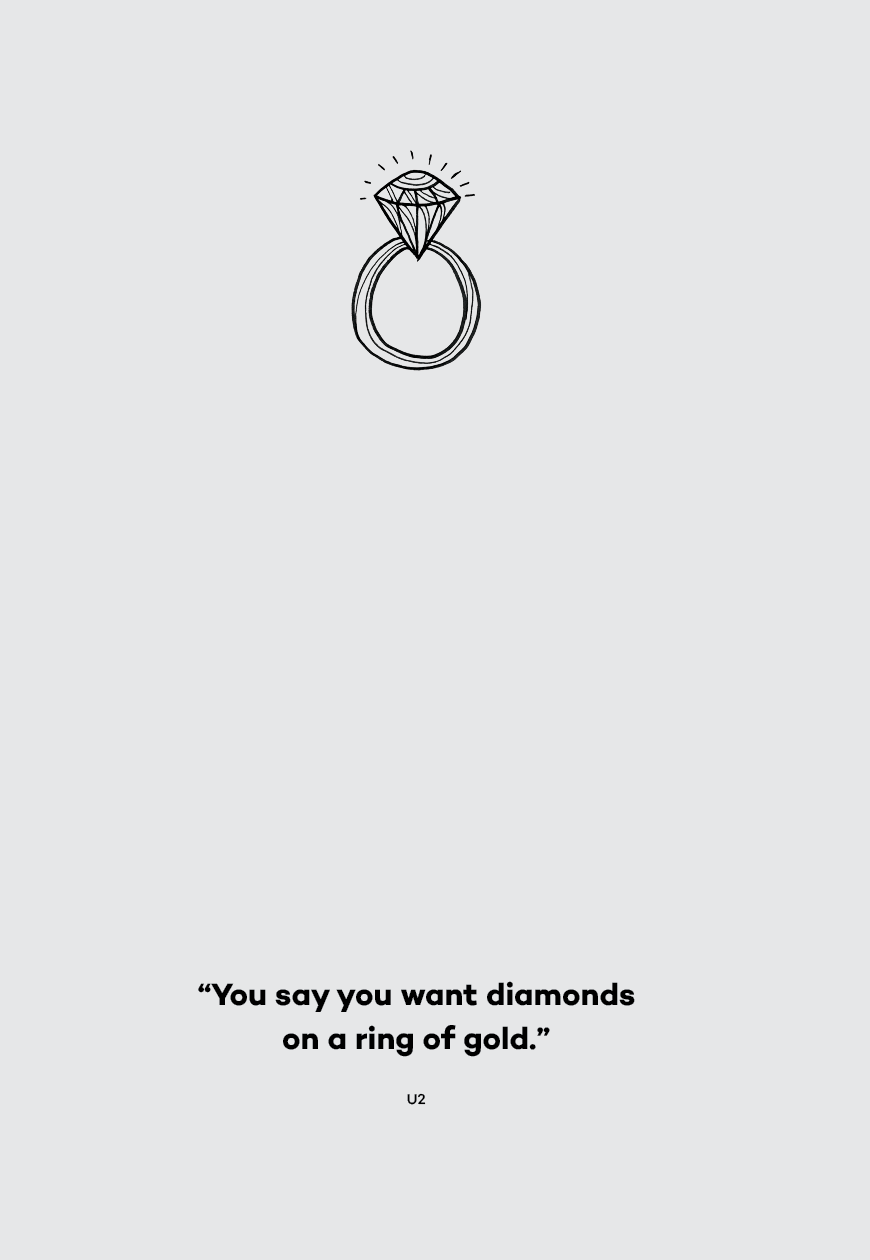
Chapter One
Right Livelihood
As much as weve been told to believe businesses change the face of our society, economy, and quality of life, the reality is that consumers are the ones that truly create and propel change.
While Silicon Valley obsesses over the next big thing, the majority of businesses endeavor to serve their customers profitably and sustainably by competing in the trenches each and every workaday day. This is what turns the wheels of our global economy, everyday businesses competing for the attention of the everyday consumer. And so it goes. Its the consumer that decides who stays and who goes. It truly is a democratic system. The spoils go to the provider that meets the needs of the user most intimately. This book is meant to help just these businesses understand marketing as a means to invoke change, as a process that engenders fierce loyalty in customers, engaging them as lifelong advocates.
Its been posited that its up to the leaders of business today to address the difficulties of the present day woes of the world by behaving more responsibly socially, environmentally, financially, and even ethically. That somehow, we the consuming public are lemmings without the wherewithal to fashion the changes required to make our world more inhabitable, more economically viable, more socially conscious, even more equitable.
The truth is, wethe buying publicchoose the companies that serve us, and therefore defeat or propel their actions.
Unfortunately, we as an aggregate tend to choose poorly. Not for lack of ability, but more for a lack of paying attention. Marketing has a long tradition of duping its audience. Effective marketers skirt the credo, buyer beware, with ever better tools that tug at our insecurities, our longings, our lesser selves. And we as a buying public let them get away with it. We dont pay close attention to the detail: whats in our Fruit Loops, the ugly process that puts clothes on our backs, or the way financial markets are manipulated.
But ultimately we do get to decide what we buy and from whom we buy. The reasons we buy are born within what we believehence our collective opportunity to reshape the face of the planet.
Thankfully, there are already companies out there practicing social, environmental, ethical, and financial good. And, more and more, consumers are demanding that they do. Alarmingly, however, the bad outweighs the good and the good is coming at a snails pace relative to the need. The reason: demand. The preponderance of consumers are still making bad choices, choices that cost us all dearly and spur on companies to continue to supply the ill-informed and ill-fated demand.
Those who plan for the future of their businesses, in every industry, have to take into account the increasing scarcity of energy and water and their rising cost, as well as the rising cost of waste and its disposal. Every companyfrom Walmart to the Cheese Board Collective, from BP to the makers of Fat Tire Ale, from Dow Chemical to Patagoniais already at work, in some way, even inadvertently, to dismantle a creaky, polluting, wasteful, and increasingly expensive industrial system, and is struggling to create new, less life-draining ways to make things; we are all trying to get a new roof up over the economy before the old, sagging one caves in.
Yvon Chouinard and Vincent Stanley
The Responsible Company
But the old sagging one still has a stranglehold on the consuming public. And the quest to do the right thing is on the surface an expensive one, costly in old school metrics. These costs loom a stark and dramatic deterrent to change. Yet, quite a bit more costly are the coming metrics of resource scarcity and pollution.
But change is what we need. We are stuck, between a rock and a hard place, affording to do the right thing and affording to stay in business.
To practice Right Livelihood, you have to find a way to earn your living without transgressing your ideals of love and compassion. The way you support yourself can be an expression of your deepest self, or it can be a source of suffering for you and others.
Thich Nhat Hanh
The Heart of the Buddhas Teaching
Through my years at Patagoniaand in my ten years of private consulting with over forty leading companies across a broad range of categories including apparel, outdoor, health and wellness, etceteraI have developed a means by which to architect a loyal following called, in total, the Brand Ecosystem. This model substantiates and gives each and every company the unique understanding of what should and shouldnt be part of their landscape in order to engender a loyal constituency just their own. The Brand Ecosystem model is integral prior to branding, e-commerce development, social media strategies, marketing planning, everything. When done well, with an attention to detail and an objective eye, creative and marketing is no longer guesswork or dependent on inspired intuition, but lead by empirical data. The result is a roadmap that can be implemented to create loyal, long-term, sustainable customers. And the process is repeatable. The Brand Ecosystem model, as described in this book, encompasses all that a company needs to understand and express its purpose, engender rabidly loyal customers, and ultimately its what I believe can potentially save the planet from the environmental crisis.
The more I consulted with clients, the more I put pen to paper crafting a book to explain the model, the more I began to realize there was a much more universal application than even a revolution in marketing technique. The ideas have proven to markedly improve businesses; however, the models potential is in its application to larger systems.
The Brand Ecosystem model is what I was lucky enough to shepherd into existence during my tenure at Patagonia, and have since refined since its inception as an agent of change. Institutional change. Global change. It uses the science of advocacy to do good in the world, effecting positive change in a whole host of circumstances. For the purposes of this book, and because I personally am steeped in a history working with businesses practicing sustainability, its aimed at leveraging the science of advocacy to wiggle us collectively out from between that rock and that hard place.
Next page

